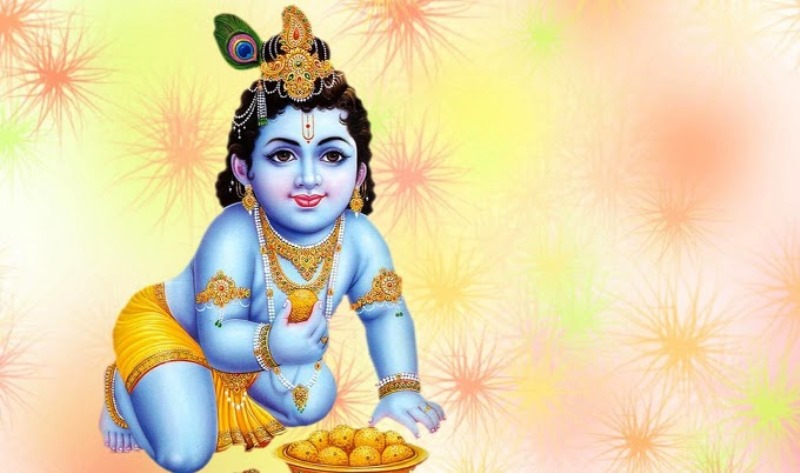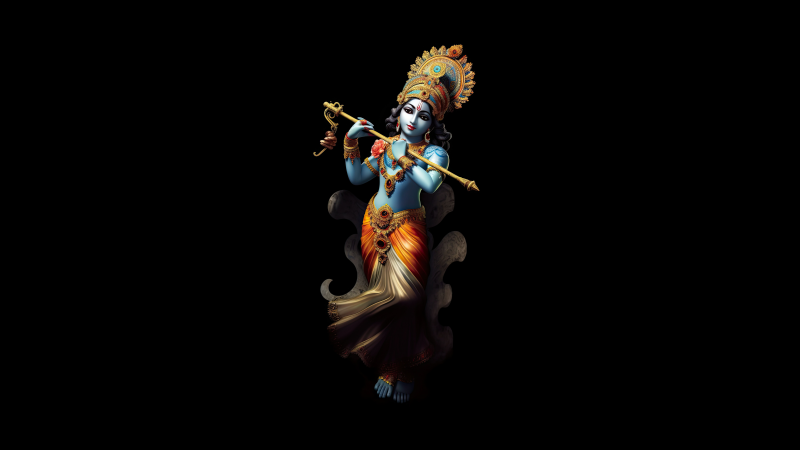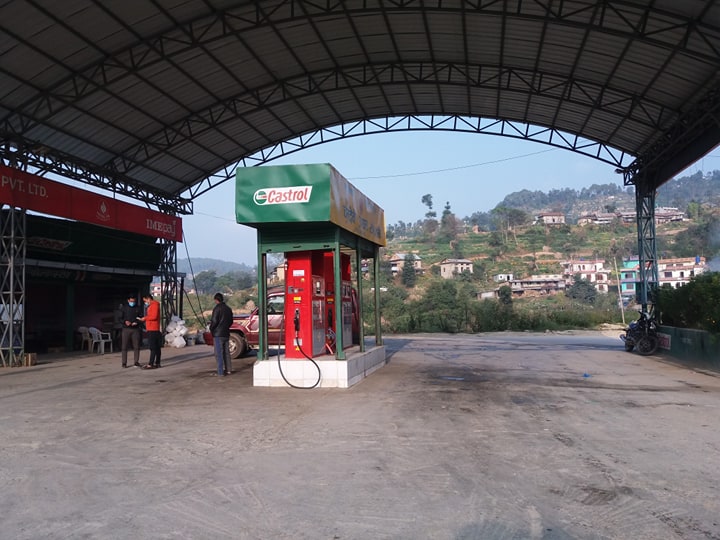Communism, Nepal-India and Shashi Tharoor
- Deepak Raj Neupane
- 21 May, Thursday, 2020 | 09:03:00 Published

Nepal and India has a long bilateral relationship even before the word bilateral emerged in the world and became the synonym for a symmetrical relationship between nations. Relationship are mentioned in the holy books of the Hindu’s, as well as both countries agreeing on Ram-Sita as Indian king and Queen from Nepal respectively tied by the marriage. While this marriage also cementing the relationship and joining Nepal and India in a close ties. There are rheotric among “Santan Dharma” follower that Pashupati Nath being the head of Lord Shiva and its body appearing somewhere in India from time immemorial. Nepal and India relationship isn’t limited to theological reasoning but relationship are mentioned in the Kautaliya’s economy, a book written by Mauryan dynasty statemen Chanakya and his book has mentioned the good blanket export from Nepal.
Age of East India Company
When the British came to India, India was not a single unified country nor was Nepal. The difference was India had a Muslim state as well as Hindu but all the divided state within Nepal was Hindu states. Earlier Nepal had a Maispal, Kirat, Lichhavi rulers who were tied to Lord Krishna or Lord Shiva gods in a Santan Dharma. The evidences from monuments and temples around the Kathmandu proves this evidence that Sanatan rulers and the Buddhist religion were in Nepal for a long time. East India Company captured India and started ruling over with massive administration and state apparatus. British and Nepal entered into the war with Nepal losing massive lands and establishment of British residency which used to fiddle in Nepalese internal politics and internal matters since 1814 A.D. Many claim Nepal wasn’t a colony, surely it was but not like India. Nepal was a colony that didn’t need the administration to rule and Nepal actually paid for its own demise and celebrated not being the colonial country’s end of it.
Many Indian and Nepalese fought for the British in both world war I and World War II. In other words both countries fought for preserving the colony that was actually ripping both countries. the context of Nepal was different as She had direct rule of the autocratic Rana which Nepalese found worse then the British. Anyway, Nepal still fights for British and has its own regiment but fight out of the compulsion or choice can be the question for another day. End of World War II, India became independent and Nepal after 1950 A.D entered into a monarchy based democracy. The British rule ended with India losing massive land divided into Pakistan then later Bangladesh and Nepal losing its land to India.Ex-foreign and late minister of India Shree Shusham Swaraj Ji admitted in the parliament saying Gurkhas in the Hill of West Bengal “came with the land.” Nepal and India signed a 1950’s treaty that established the boundary set by the British India and Nepal as Nepal and India’s boundary. This boundary is now in the debate, the debate is where the “Kala Pani” river begins from located in the western part of Nepal where China-Nepal-India meets. The only place where these three countries meet in today’s time.
The Problem satrted because of India building the road in the disputed land and many people believes it has the role of china too. The rhetoric from the India side is that from the time immemorial the place where they are building the road is of India. Nepal’s rhetoric is that in the sugauli treaty the land where India is building roads and beyond that to limpiyadhura is part of Nepal. Some even claiming King Mahendra gave permission to the Indian army to stay there while India was in war with China. However you put, this last statement shows that monarchy was not entirely Chinese pro. The relationship between India and Nepal got worsen when Chief of Indian army was quick to provoke Nepal with the statemet that third party pressuring Nepal for current escalation. Out of the compoulsion Nepal publishing the map of Nepal including dispute territory from Indian Perspective reflects the rate of the escalation. In the centre of this is Indian media saying communist China playing the role as if all Nepalese are communist and India’s doesn’t have a role in promoting Maoism in Nepal.
Are all Nepalese communist?
Communism is the political economy philosophy developed in Europe by Karl Marx and mastered by the Lenin. In one point of history communist philosophy and Liberal philosophy conflict escalated at global level and encompassed most of the nation-states of the world. This conflict also had impact on both Nepal and India reflected by the centralized planning policy taken by both countries. India inserted the socialist in their constitution during the emergency by late primeminister of India Mrs. Gandhi. Nepal adopted the socialist policy during the Panchayat System by the Mahendra. Later India removed the term from constitution during the ex Indian Prime minister Manmohan Singh tenure and Nepal removed this philosophy around 1990 A.D. So, constitutionally India has spent more time formally in the communism then Nepal. It is another thing that Nepal constitutionally adapted to move towards socialism in 2015 A.D new constitution but not yet in socialism. So at philosophy level, we need to debate on what is socialism-democracy and which country was more communist and socialist. If one were to argue that communist parties are in Nepal so are in India and in 2020, a communist party leading some states in India.
Nepalese communist party government of Nepal in 2020 A.D got elected in the government through the democratic election. This simple statement has an important message that Nepal communist and Chinese communist are very different. Again we are to claim that whole Nepalese are a member of the communist party like India media does, we need to see the vote share of the recent election in Nepal. In the table I we can see that the ruling communist party has less than 50% share in the vote and others has more vote then the rulling communist party. Another thing is all people of Nepal didn’t voted for the communist parties. Also the Table I and Table II shows that there is a swing in the vote among the Nepalese people in 2013 A.D and 2017. This shows that Nepalese are not constant if we look very back around 1991 A.D election. There was very few communist seats in the parliament. Why many changed to communist voter need the scrutiny and was India saint in all this. Indian rheotric and claim that only the communist party is against this new road build in the disputed land of Nepal is India’s ignorance. Opposition Party of Nepal Nepali Congress has already released the press saying India to honour the 1950 A.D treaty.
We also cannot discount the fact that Maoist leaders were living in India to wage war against the monarchy in Nepal. As far as a bureaucrat from India at the end of his service came with a book claiming how they topple the monarchy through Maoist and other parties. Many argues that in 2017 A.D communist coalition won the election from the fact that communist played the anti Indian sentiment developed because of the India blockade . We need to be doing scrutiny whether communist China is promoting conflict or India themselves are to be blamed for the anti-Indian sentimnet. Again to the question Indian people might say that Madhesi bloacked Nepal and not India. I request kind Indian people to go to youtube and look for the late ex-minister Sushma Swaraj ji’s speech accepting the bloackade. Many Indian news media are now questioning the role of Modi and Indian bureaucrats at the same time making fools out of the Indian people that communist are the cause of all these problems.
Shashi Tharoor’s Democracy and Nepal in the shadow of communism
An Indian man, Shashi Tharoor is a key figure in the Indian congress party and India’s politics. India’s ruling party sending him as the envoy of the government to U.N amid the India-Pakistan recent conflict shows his standard and commitment to that country. He is a powerful speaker without the shadow of the doubt and great patriotic which we all should respect. In an Oxford union, he made the speech that was acknowledged throughout the world. The speech was based on British East Indian company government in colonial India. His central argument was that India lost land and entered into the deprived from one of the most developed states because of the East Indian company. Whilst Sashi Tharoor was discussing the loot by the British. why can’t a Nepalese argue that British looted and India took the land of Nepal? Nepalese today aren’t talking about the reversal of British colonialism that needs Pakistan and Bangladesh to be included in India and Nepal’s lost land to Nepal. We are simply asking India to respect the “sugauli treaty” as a boundary established between British and Nepal as accepted by the 1950’s peace and friendship treaty. However, asking to be treated fairly and in the manner of the bilateral treaties is to be communist and Chinese pro in the eyes of the Indian media and public. Shashi Tharoor from his speech doesn’t sounds like he belong to the communism and holding socialist manifesto despite coming from communist ruled state of India.
Way forward for Nepal-India
Nepal and India have close ties since time immemorial and this current problem shall be handled carefully. Indian Army chief statement shows that India thinks they can bully small countries as they want. India is more likely to impose the third bloackade second was in the period of the drafting constitution and Nepal being hard hit by the Earthquake. The problem this time is, Covid-19 won’t let disastisfied Nepalese to stay in borderline and India can play with the world. If blockade will be the case China is there waiting to grasp the Nepalese sentiment. As a liberal, I don’t want China to have a lot of participation in Nepalese politics but their presence here is necessary for the fact that India is not a stable democracy in terms of the foreign affairs. How India and Nepal proceed further has the implication for the Nepalese democracy and India for long run. In the word of Lord Krishna “As a powerful, it is the duty of powerful to be very careful in its use of the power.”




.jpeg)

.jpg)

प्रतिकृया दिनुहोस